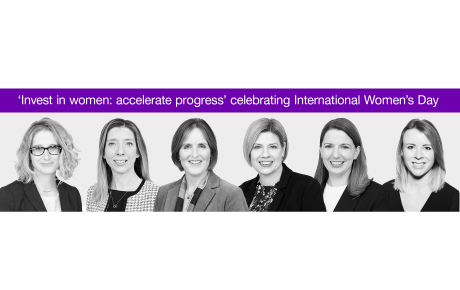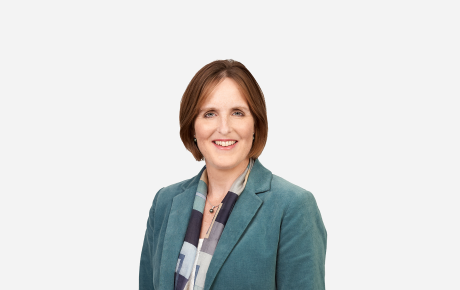
Why the US is still a land of opportunity for London
Since first coming to London in 1976, Hiscox’s Carl Bach has seen the peaks and troughs of the London Market over the past four decades.
In London Carl took on a role as a casualty underwriter for American International Underwriters (AIG) followed by stints at Reliance National and as President of Ace’s UK and Ireland P&C operation.
In 2007, he moved to Hiscox as Business Development Director, tasked with growing Hiscox London Market’s share of US insurance business. Hiscox Global Insight asks Carl about his optimism for London, new opportunities in the US flood market, and his tips for the first timer to NAPSLO.
It’s clear in this market that there’s little to be gained by competing in the standard admitted lines of US business, and that the real opportunity is in emerging lines, such as cyber
Is the US still as keen to do business with the London Market today as it was in previous years?
London is still the pre-eminent excess/surplus lines market for US business. If it’s tough, with unusual risk characteristics, then London is the place. But London still does a very good job on a wide range of classes.
The US has always accepted that London – and Lloyd’s in particular – will trade in and trade out, depending on market conditions and we like it that way. We don’t follow the rates down and we’re not afraid to walk away if we feel that rates are not adequate.
It’s clear in this market that there’s little to be gained by competing in the standard admitted lines of US business, and that the real opportunity is in emerging lines, such as cyber – Lloyd’s and London are out in front on that. The challenge is to continue to adapt what we do to remain a key market for US buyers.
What’s the biggest change you’ve seen in the global insurance market over your career?
It has to be the speed of change – the velocity driven by the developments in technology and the use of data. If you can gather and effectively utilise the data, it helps you reach decisions earlier and execute a deal much quicker. Despite the growing reliance on technology it’s still a fun market to work in though. I get to meet the talented and smart people who are coming into our business full of new ideas.
With US flood insurance now open to more competition, what is the opportunity for London?
The US flood market has been, up to now, quasi governmental. Suffice it to say, Superstorm Sandy opened everyone’s eyes to the reality that the US government could not deliver a comprehensive flood insurance product. Lots of money was paid to the wrong people, lots of homes were destroyed and the process and paperwork that went with trying to make claims has been a horrendous experience for many people.
There is an opportunity for the private market to step in and improve the service, as well as make some money. However, flood isn’t modelled to the same standard as other risks, which is a challenge.
There will always be US government involvement in flood cover but there is an opening for an insurer that gets it right. Policy wordings as well as limits of cover could be improved, for example. There are also capacity issues for the National Flood Insurance Program, so for high net worth customers – take large homes in the Hamptons for example – there will be a demand for private insurance cover in that sector.
Which of the opportunities highlighted in the London Matters report do you think are most important for the London Market to seize if it is to remain successful?
They are all things that London should do to remain relevant. You always need to reduce your costs and technology is helping us do that across the board.
I recently heard Lloyd’s CEO Inga Beale talk about the ‘Uberisation’ of the insurance market. Risks are going to become commoditised, but you still need people who have the talent to look at a complex situation and make a decision. You still need to think about the risk. Just because the numbers say one thing, the world is still a random place.
London is still the centre of the insurance universe. We should strive to stay on top of that by continuing to be innovative and creative. But I’m very optimistic for London’s future. There will always be a need for what London offers in the US excess and surplus line market.
What’s your view of NAPSLO’s relevance for London Market insurers?
NAPSLO is a great networking environment. A London underwriter can go there and, in the space of three days, he or she can see lots of coverholders or wholesale brokers all in one location, whether they’re from San Diego, Chicago, Seattle, Miami or Boston. It’s a very efficient use of time.
You still need to think about the risk. Just because the numbers say one thing, the world is still a random place.
What’s your advice for the NAPSLO first timer?
Hopefully you would have made all your appointments before you got on the plane. If you didn’t, you’re going to be wandering around the lobby looking very lonely. Real information is traded during meetings and real opportunities arise. It’s also a chance to take advantage of the social side in terms of putting a face to a name.



